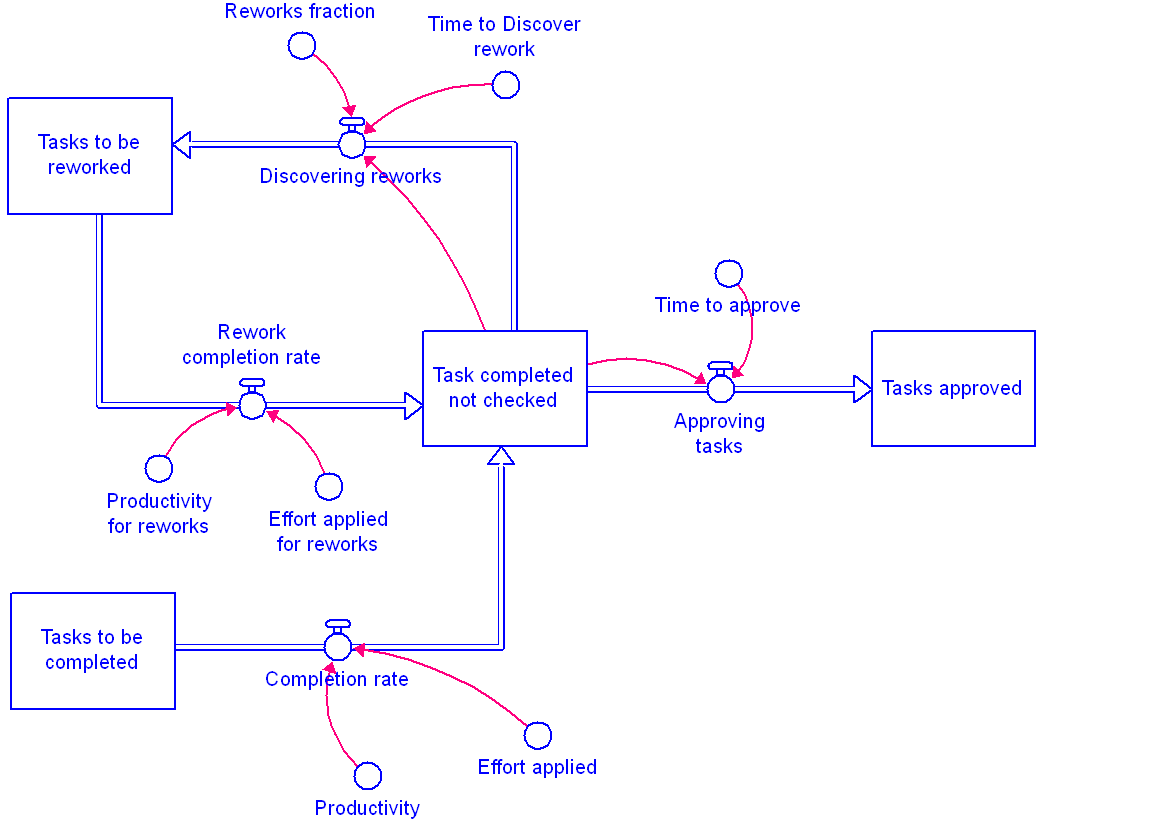
The mention of specific companies or of certain manufacturers’ products does not imply that they are endorsed or recommended by the World Health Organization in preference to others of a similar nature that are not mentioned.
#Stella architect free full#
Dotted and dashed lines on maps represent approximate border lines for which there may not yet be full agreement. The designations employed and the presentation of the material in this publication do not imply the expression of any opinion whatsoever on the part of the World Health Organization concerning the legal status of any country, territory, city or area or of its authorities, or concerning the delimitation of its frontiers or boundaries. Additional support was provided by the Department for International Development (DFID) through a grant (PO5467) to Future Health Systems research consortium.Īll rights reserved. This work was coordinated by the Alliance for Health Policy and Systems Research, the World Health Organization, with the aid of a grant from the International Development Research Centre, Ottawa, Canada. Systems thinking and systems models devise strategies to account for real world complexities. Systems thinking is a core skill in public health and helps health policymakers build programs and policies that are aware of and prepared for unintended consequences.Īn important part of systems thinking is the practice to integrate multiple perspectives and synthesize them into a framework or model that can describe and predict the various ways in which a system might react to policy change. If an outcome depends on many interacting and adaptive parts and actors the outcome cannot be analyzed or predicted with traditional statistical methods. Problems in public health and health policy tend to be complex with many actors, institutions and risk factors involved. Image: Photo stitch of Louis Vigne’s sequence (1860) looking south along Jaffa’s eastern wall, including Jerusalem Gate (in Burke et al., 2017, p.This course provides an introduction to systems thinking and systems models in public health. Explore funding through the London Arts & Humanities Partnership.Read more about the Space Syntax Laboratory.They are open to the public and attended by Bartlett’s staff and students. Seminars are moderated by PhD candidate Sepehr Zhand.
#Stella architect free series#
This academic seminar series features researchers sharing their findings, discussing their ideas and showing work in progress from The Bartlett's internationally renowned Space Syntax Laboratory. In her spare time, Stella is a practicing photographer and illustrator. Previously, Stella practiced as a Heritage Consultant at Lichfields, and until March 2020 was living in Jerusalem. She holds an Archaeology of Buildings MA from the University of York and a History of Art and French BA from Warwick University.

Stella Fox is an AHRC-funded PhD candidate in the Space Syntax Lab, at The Bartlett School of Architecture, UCL. Consequently, the location of the spatial rupture signifies a clear divide between the social and morphological form of Jaffa and Tel Aviv, a divide that survey data confirms is perceived by individuals, and is manifested at the street-building interface on the ground. The analysis reveals that development of the planned landscape of Tel Aviv corresponds to the demolition of locally spatially integrated streets, resulting in a decline in land use diversity and numbers today, and increase in building footprint size.

The results of this enquiry find clear differentiation in network structure and morphology that is reflective of the interface gateway-pathway’s evolution over the course of the past two centuries. This method of examining the extent of change and resilience in the social, spatial configurational, and morphological characteristics along the interface gateway-pathway between Jaffa and Tel Aviv, and within its hinterland, enables a deeper understanding of the relationship between urban form and its social implications over time. The proposed interface gateway pathway signifies a route that connects two or more neighbouring urban settlements – one with historic presence, and the other a ‘modern’, 20th century settlement – that also acts as a barrier between two neighbourhoods. The study proposes the inclusion of an additional typology – an ‘interface gateway pathway’ – to the existing typologies of historical gateway pathways. The main methodological approach is based on a transect study of an urban heritage gateway-pathway, following research developed by Tamara Zaninović. This seminar presents work which is part of ongoing PhD research into the historical and contemporary relationships between the urban landscape(s) of Jaffa and Tel Aviv, with their contrasting histories of ancient city and modernist planned city, respectively. Evidence of spatial and morphological change along the interface gateway-pathway of Jaffa and Tel Aviv Abstract


 0 kommentar(er)
0 kommentar(er)
